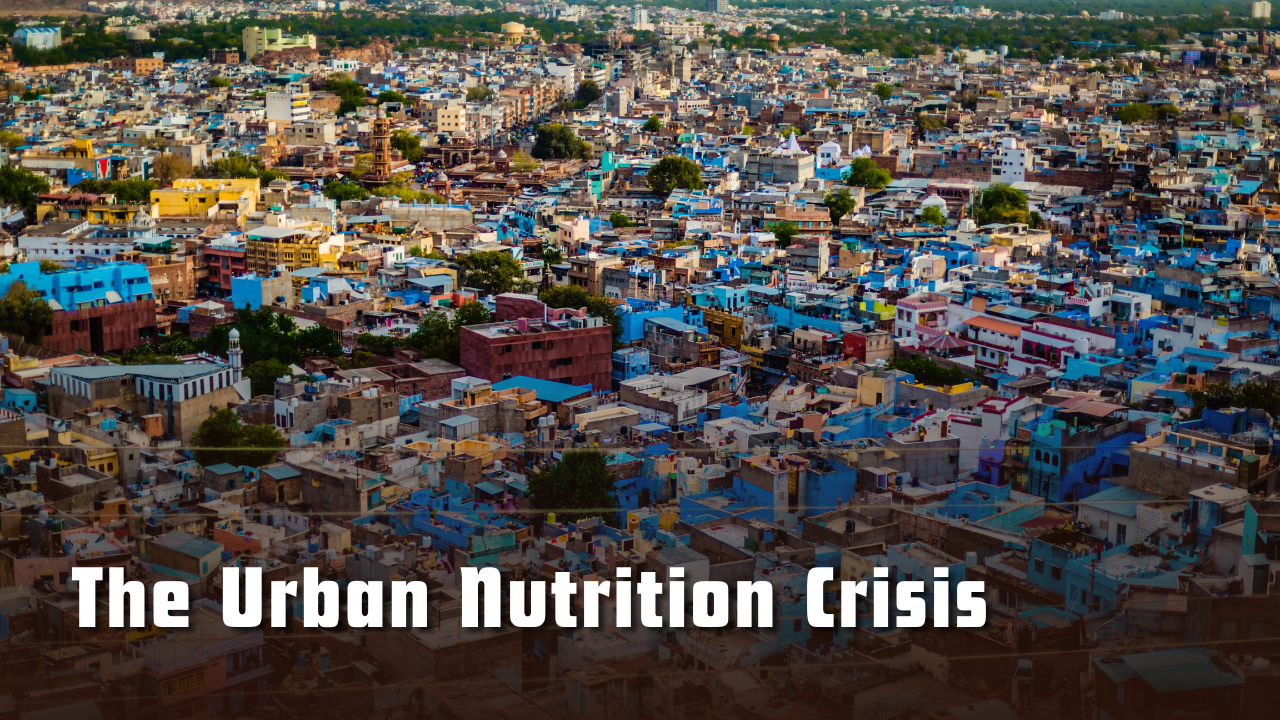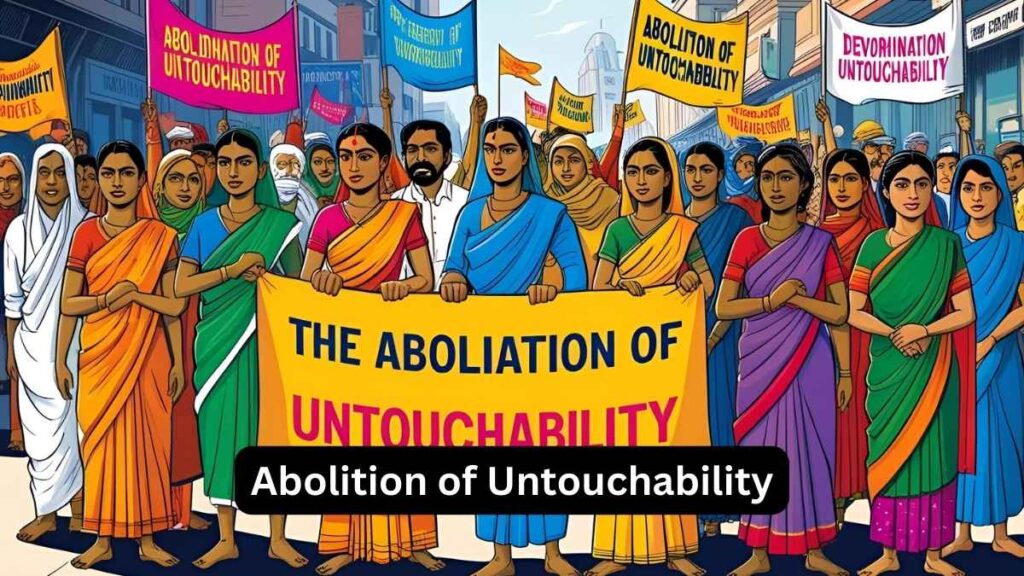Font size:
Print
The Urban Nutrition Crisis
India’s new urban worry — rising overnutrition
Context: A recent Nature study on Information Technology (IT) employees in Hyderabad has thrown the spotlight on an alarming trend: 84% of participants had fatty liver, indicating Metabolic Dysfunction-Associated Fatty Liver Disease (MAFLD), and 71% were classified as obese.
More on News
- India is witnessing a silent epidemic—one that stems not from infections or poor sanitation, but from progress, prosperity, and urban lifestyle changes.
- These staggering figures signal more than a workplace-specific health hazard—they reflect a deepening national crisis.
The Hidden Costs of Urban Growth
- India’s nutritional landscape is marked by a paradox. While undernutrition remains a serious concern in many parts of the country, overnutrition and metabolic disorders are escalating rapidly in urban centres.
- In 2021, India ranked second globally in overweight and obesity prevalence.
- Undernutrition remains prevalent with child stunting at 36%, wasting at 19%, and underweight prevalence at 32%. Simultaneously, overnutrition is growing, with 31.7% of urban women and 28.6% of urban men classified as obese.
- India’s low Global Hunger Index score reflects this nutritional paradox.
- Noncommunicable Diseases (NCDs) on the Rise: Including obesity, diabetes, and hypertension—is staggering. According to the World Health Organisation (WHO), 74% of global deaths in 2019 were due to NCDs, up from 61% in 2000.
- These diseases disproportionately impact low- and middle-income countries like India, and the 2024 WHO World Health Statistics warn that the economically productive age group is now the most affected.
Drivers of Overnutrition in Urban India
- Sedentary Lifestyles: Desk-bound jobs and lack of physical activity dominate urban work culture, particularly in the IT sector. Poor infrastructure—like the absence of sidewalks and cycling paths—further discourages active living.
- Unhealthy Dietary Patterns: Urban diets have shifted towards calorie-dense, low-nutrition processed foods. Fast food outlets and cloud kitchens are replacing home-cooked, balanced meals.
-
-
- Dietary diversity remains poor, with 77% of Indian children lacking the recommended variety, a trend that continues into adulthood.
-
- Economic and Social Shifts: Increased disposable income and a consumption-driven economy have led to greater access to processed foods. Healthier food options remain either inaccessible or less desirable due to cultural perceptions.
- Environmental Constraints: Air and noise pollution in urban areas discourage outdoor physical activity. On average, life expectancy is reduced by 5.3 years due to air pollution, with Delhi experiencing a reduction of up to 11.9 years.
Tamil Nadu: A Case Study in Urban NCD Surge
- Tamil Nadu offers a sobering case study. The 2023-24 STEPS Survey in Chennai found that over 65% of deaths are NCD-related. Among those undergoing treatment for hypertension, only 16% had blood pressure under control; for those aged 18-44, the control rate plummeted to 9.3%.
- For diabetics in the same age group, glycaemic control stood at just 9.8%. Additionally:
- Overweight prevalence: 31.6%
- Obesity prevalence: 14.2%
- Inadequate fruit and vegetable consumption: 94.2%
- Insufficient physical activity: 24.4%
- The Makkalai Thedi Maruthuvam (MTM) programme is a commendable multisectoral initiative aimed at curbing NCDs.
National Trends Reflect a Population-Wide Issue
- The National Family Health Survey-5 (NFHS-5) indicates that obesity increases with age and wealth:
- From 7% among men aged 15-19 to 32% for those aged 40-49
- Overweight or obesity rises from 10% in the lowest wealth quintile to 37% in the highest
- Waist-to-hip ratio (WHR)—a marker of NCD risk—also rises significantly with age:
- Among women: from 46% to 65%
- Among men: from 28% to 60%
- Urban areas bear the brunt:
- Overweight or obesity affects 46.1% of urban men and 43.1% of urban women
- In rural areas, the numbers are 35.4% for men and 31.6% for women
- The 18 to 59 age group, comprising the bulk of Tamil Nadu’s workforce, is especially vulnerable. Factors include prolonged screen time, poor dietary choices, chronic stress, and ultra-processed food consumption.
Projected Obesity Explosion
- A 2025 Lancet article estimates that by 2050, India’s overweight and obese adult population could hit 450 million—up from 180 million in 2021.
- Even more alarming is the 244% surge in childhood obesity over the past 30 years, expected to grow another 121% in the next three decades.
Missing Dimensions in the Overnutrition Discourse
- Cultural Influences on Dietary Habits: Cultural, caste-based, and regional dietary habits are often ignored in national nutrition strategies. Traditional, balanced diets are being displaced by processed foods considered “modern.” Myths about protein deficiency encourage the misuse of supplements and unhealthy snacks.
- Gender Disparities in Nutrition Policy: Urban women face higher obesity rates, yet most policies target them only in reproductive roles. Men, older women, and working women in informal sectors are often excluded from health interventions. Gender-inclusive programs are necessary to ensure comprehensive and equitable nutrition coverage.
- Urban Planning and Infrastructure: Lack of green spaces, safe public transport, and recreational infrastructure exacerbates sedentary behaviours. Poor urban design contributes to rising NCD risks by limiting opportunities for physical activity.
- Policy and Implementation Gaps: Nutrition policies like Poshan 2.0 largely focus on undernutrition, neglecting the overnutrition epidemic. Budget increases have been minimal, and existing funds are often poorly utilised. There is a pressing need to integrate obesity and NCD management into existing public health schemes.
Learning from Saudi Arabia
- India can take cues from Saudi Arabia, which has successfully integrated NCD prevention into its Vision 2030 national framework. Saudi Arabia has:
- Enforced calorie labelling in restaurants
- Imposed a 50% excise tax on sugary drinks and 100% tax on energy drinks
- Introduced sodium limits in processed foods
- Eliminated trans fats
- Earned WHO recognition for meeting best practices in sodium reduction
- Saudi Arabia’s success stems from its coherent, multi-pronged approach, blending health policy, regulatory enforcement, industry collaboration, and citizen engagement.
Policy Recommendations
- Promoting Dietary Diversity: Public awareness campaigns should encourage the consumption of nutrient-rich, local foods. Policies should subsidise healthy food options and regulate the marketing of ultra-processed foods.
- Gender-Inclusive Nutrition Policies: Nutrition programs must include all population segments, including men and non-reproductive women. Urban workplaces, especially in the tech sector, should implement wellness programs that support healthier lifestyles.
- The time for mere awareness is over. Actionable, enforceable reforms are needed. This includes:
- Regulatory changes in food production and marketing
- Taxation on foods high in salt and sugar
- Investments in green spaces, walkable streets, and bike lanes are critical to promoting daily physical activity.
- City planners should enforce construction and pollution regulations to make urban areas healthier.
- Promoting structural public health interventions
Subscribe to our Youtube Channel for more Valuable Content – TheStudyias
Download the App to Subscribe to our Courses – Thestudyias
The Source’s Authority and Ownership of the Article is Claimed By THE STUDY IAS BY MANIKANT SINGH






